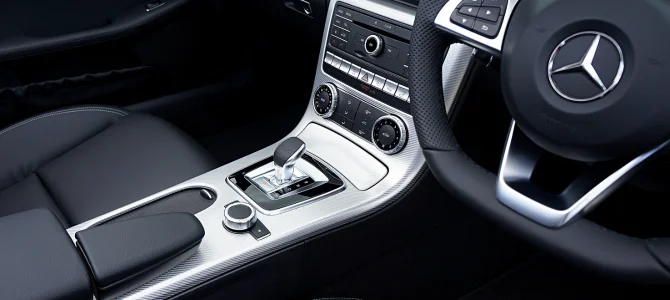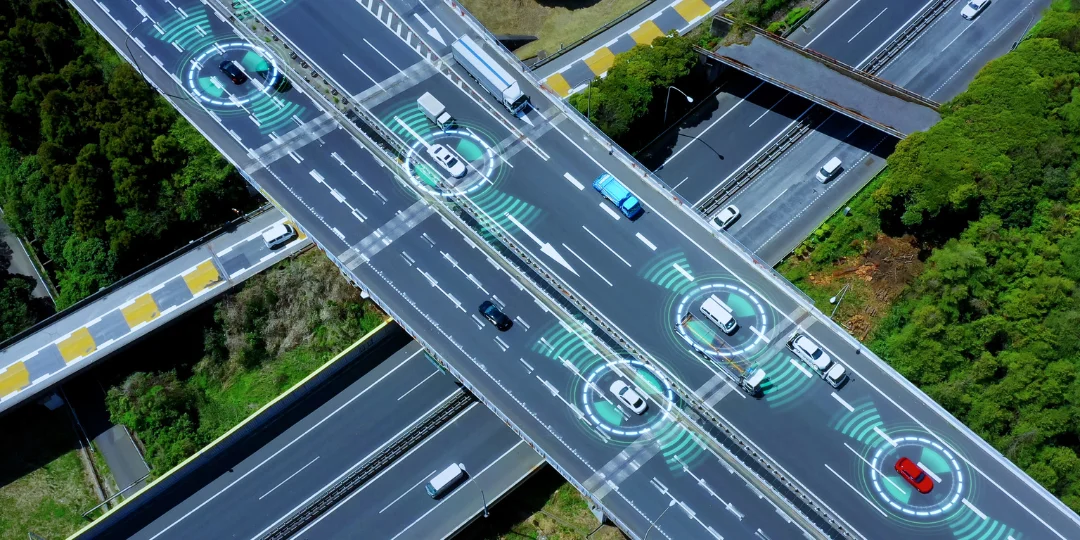ADAS meaning: Advanced Driver Assistance Systems (ADAS) play a crucial role in mitigating vehicle accidents, which predominantly stem from human error. By leveraging ADAS systems, the aim is to curtail fatalities and injuries by diminishing both the frequency of car accidents and the severity of unavoidable collisions.

Critical safety applications in ADAS encompass various functionalities:
- Detection and avoidance of pedestrians
- Warning and correction for lane departures
- Recognition of traffic signs
- Automatic braking in emergencies
- Detection of blind spots
These indispensable systems play a pivotal role in the effectiveness of ADAS applications. They integrate cutting-edge interface standards and execute multiple vision-based algorithms to facilitate real-time multimedia, vision coprocessing, and sensor fusion subsystems.
The modernization of ADAS applications represents the initial strides toward achieving autonomous vehicles.

What is ADAS technology?
The evolution of automobiles is paving the way for the next generation of mobile-connected devices, marked by significant advancements in autonomous vehicles. Solutions for autonomous applications are compartmentalized into various chips known as systems on a chip (SoCs). These chips establish connections between sensors and actuators through interfaces and high-performance electronic controller units (ECUs).
Self-driving vehicles leverage a multitude of applications and technologies to attain a 360-degree vision, encompassing both immediate and distant surroundings. Consequently, hardware designs are adopting more sophisticated process nodes to meet increasingly stringent performance objectives while concurrently mitigating power consumption and physical footprint.
ADAS Applications Explained
Historically, significant enhancements in automotive safety (e.g., shatter-resistant glass, three-point seatbelts, airbags) primarily consisted of passive safety measures aimed at minimizing injury during accidents. Presently, ADAS systems actively enhance safety by leveraging embedded vision to reduce the incidence of accidents and mitigate harm to occupants.
The integration of cameras in vehicles introduces a novel AI function utilizing sensor fusion to detect and process objects. Sensor fusion, akin to the information processing mechanism of the human brain, amalgamates vast datasets with the assistance of image recognition software, ultrasound sensors, lidar, and radar. This technology enables quicker physical responses than those achievable by human drivers. It can analyze streaming video in real-time, discern the content of the video, and devise appropriate responses.

What is ADAS in cars?
- Adaptive Cruise Control: Particularly beneficial on highways, it autonomously adjusts vehicle speed based on surrounding objects.
- Glare-Free High Beam and Pixel Light: Utilizes sensors to adapt to darkness and surrounding conditions without causing discomfort to other drivers.
- Adaptive Light Control: Modifies headlights’ strength, direction, and rotation in response to environmental conditions.
- Automatic Parking: Provides assistance and alerts to drivers during parking maneuvers, some systems even perform parking autonomously.
- Autonomous Valet Parking: Integrates vehicle sensor meshing, 5G network communication, and cloud services to facilitate autonomous parking.
- Navigation System: Offers on-screen and voice-guided instructions to assist drivers in navigation, with some systems providing real-time traffic updates.
- Night Vision: Enables drivers to perceive objects at night through active or passive night vision systems.
- Unseen Area Monitoring: Utilizes sensors to provide drivers with information about blind spots and obstacles.
- Automatic Emergency Braking: Sensors detect potential collisions and initiate braking to prevent accidents.
- Crosswind Stabilization: Supports vehicles in countering strong crosswinds by detecting and responding to pressure variations.
- Driver Drowsiness Detection: Warns drivers of drowsiness or distractions through various monitoring techniques.
- Driver Monitoring System: Analyzes driver behavior and alerts them to distractions or drowsiness.
- 5G and V2X: Facilitates communication between vehicles and other entities for enhanced situational awareness and safety.
Insoftex’s Contribution
Insoftex provides methodologies and automated solutions to bolster system security throughout the development lifecycle of automotive technologies. By prioritizing security and addressing vulnerabilities, Insoftex supports the automotive industry in delivering safe and reliable software-enabled solutions. Choose your ADAS company Insoftex for seamless implementation and optimal performance. With Insoftex’s expertise and innovative solutions, you can ensure robust ADAS functionalities that enhance safety on the road.





















